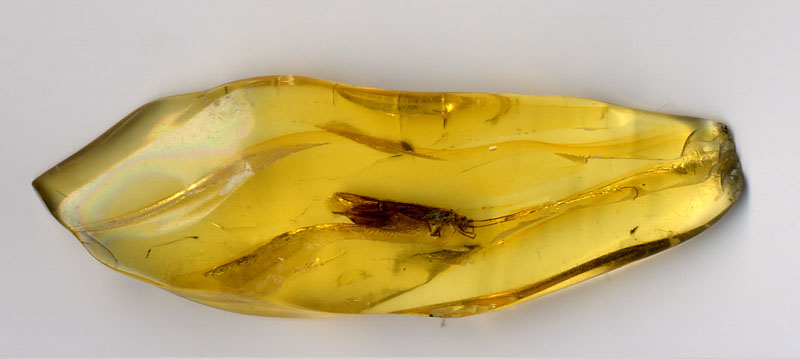In Jurassic Park, scientists pull dinosaur DNA out of blood-sucking insects encased in amber that is millions of years old. University of Manchester scientists, led by David Penney, show just how implausible this intriguing idea is when they failed to extract insect DNA from 10,000 year old samples.
Science-- there's something for everyone
Friday, September 27, 2013
Sorry John Hammond, no dino DNA
In Jurassic Park, scientists pull dinosaur DNA out of blood-sucking insects encased in amber that is millions of years old. University of Manchester scientists, led by David Penney, show just how implausible this intriguing idea is when they failed to extract insect DNA from 10,000 year old samples.
Subscribe to:
Post Comments (Atom)

No comments:
Post a Comment